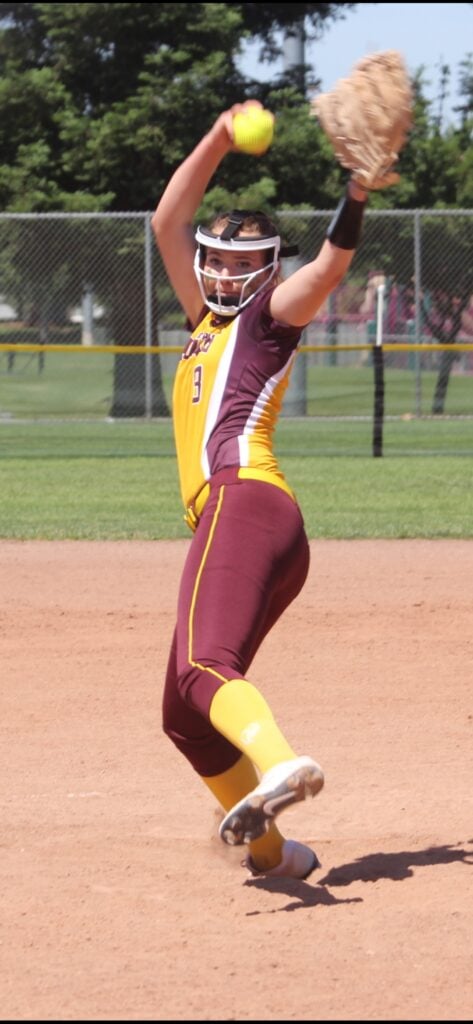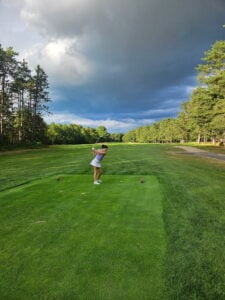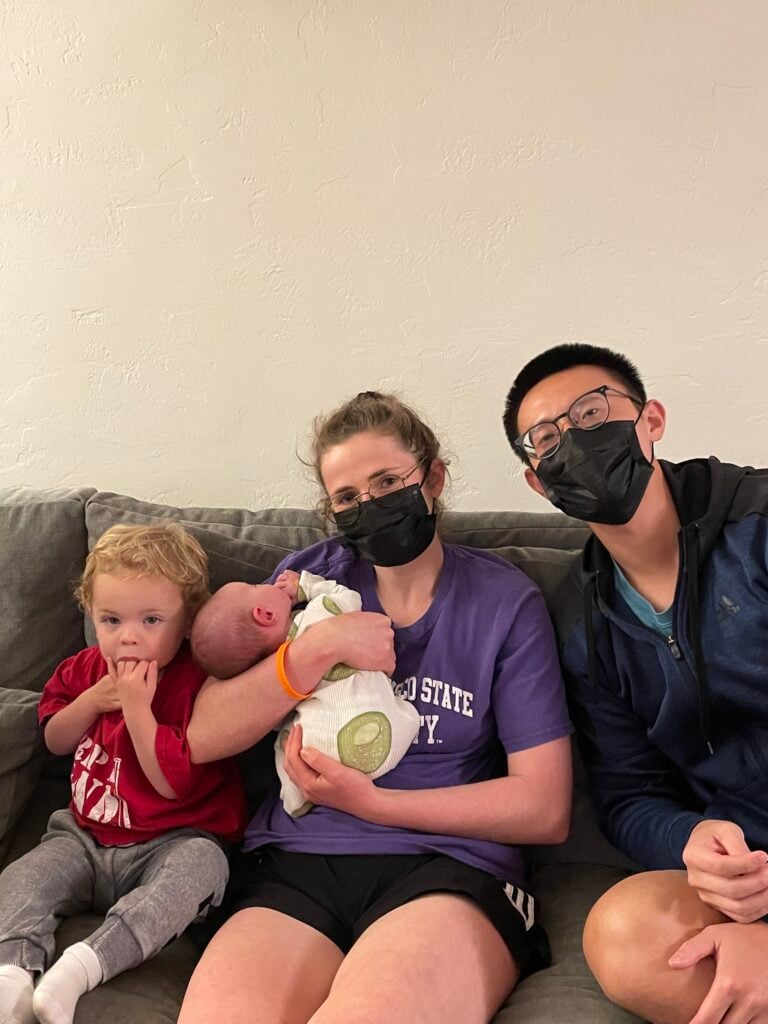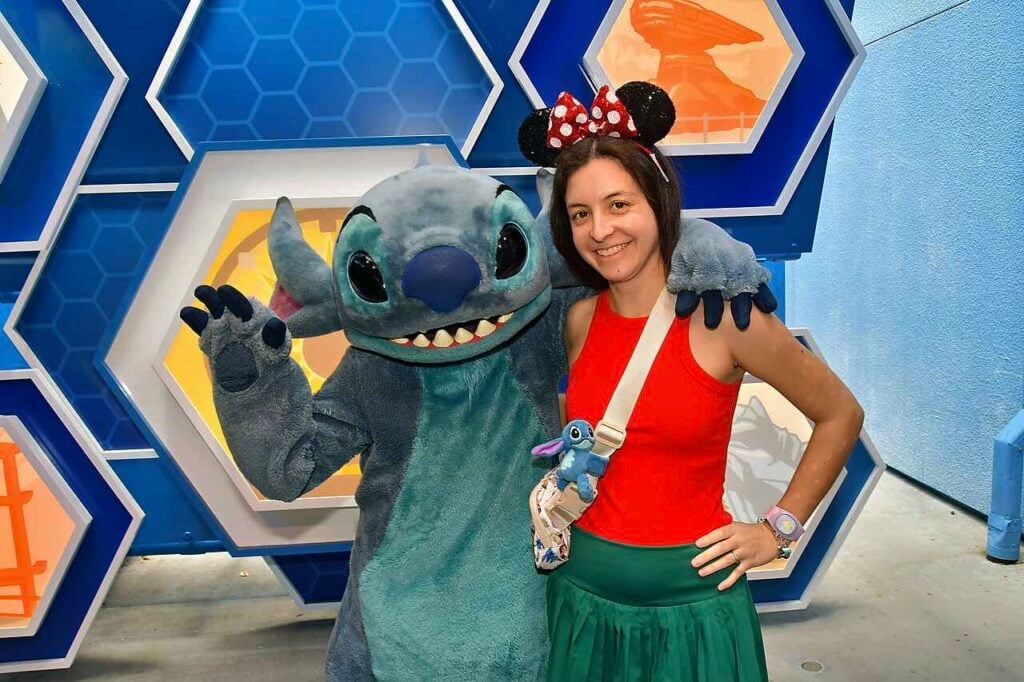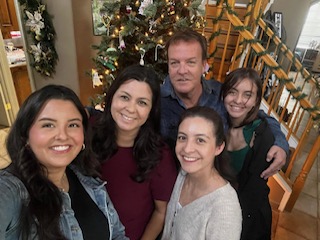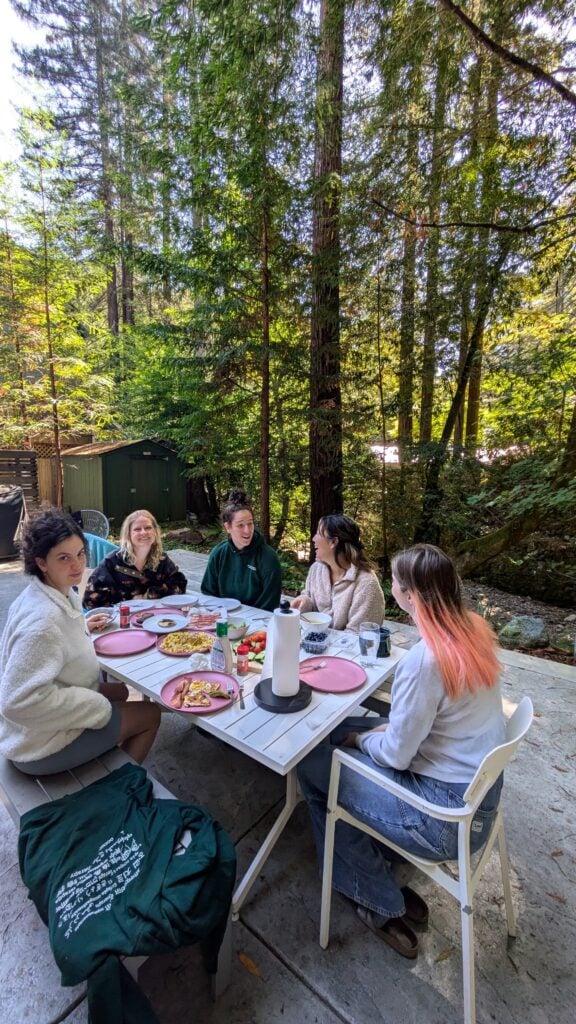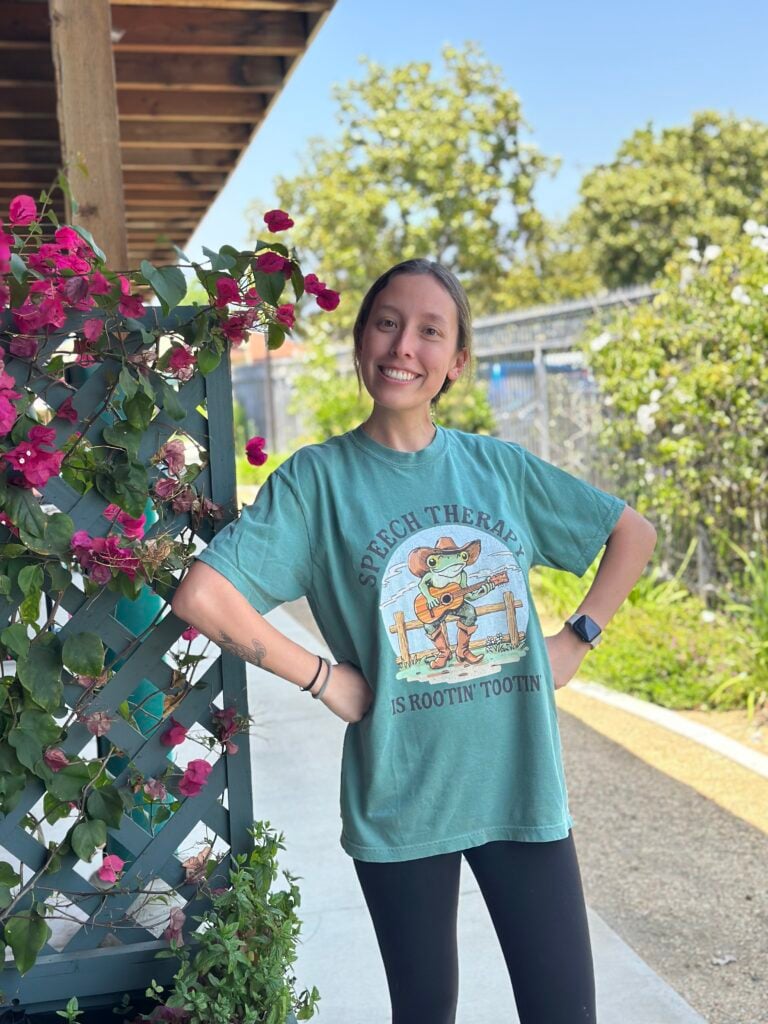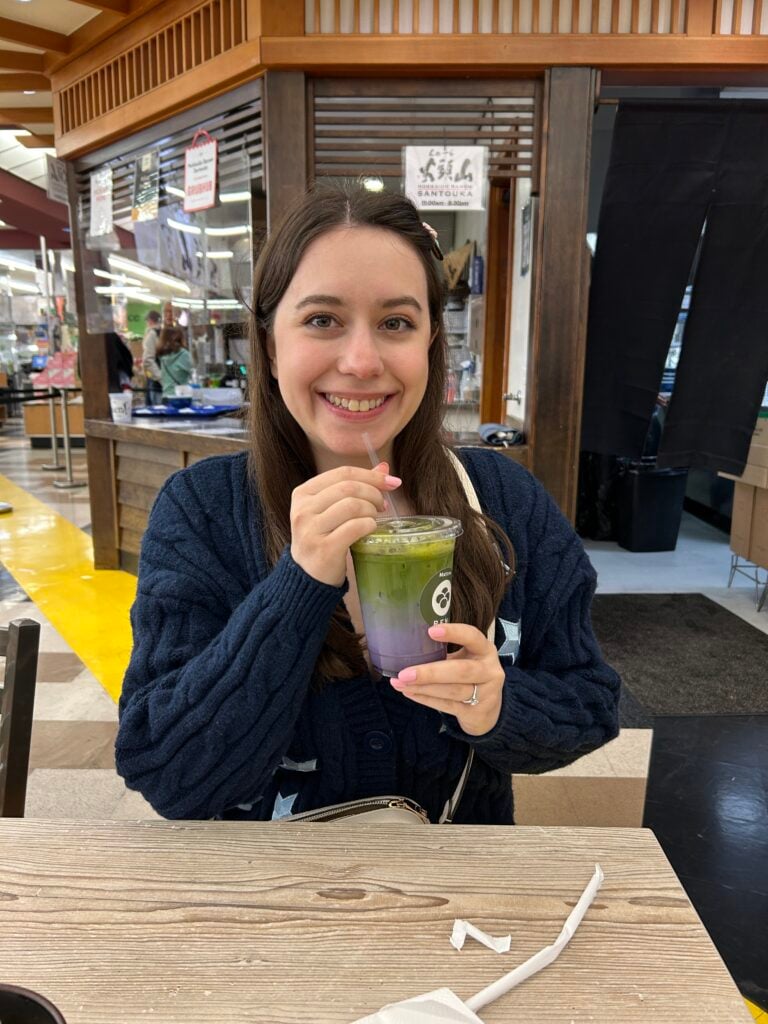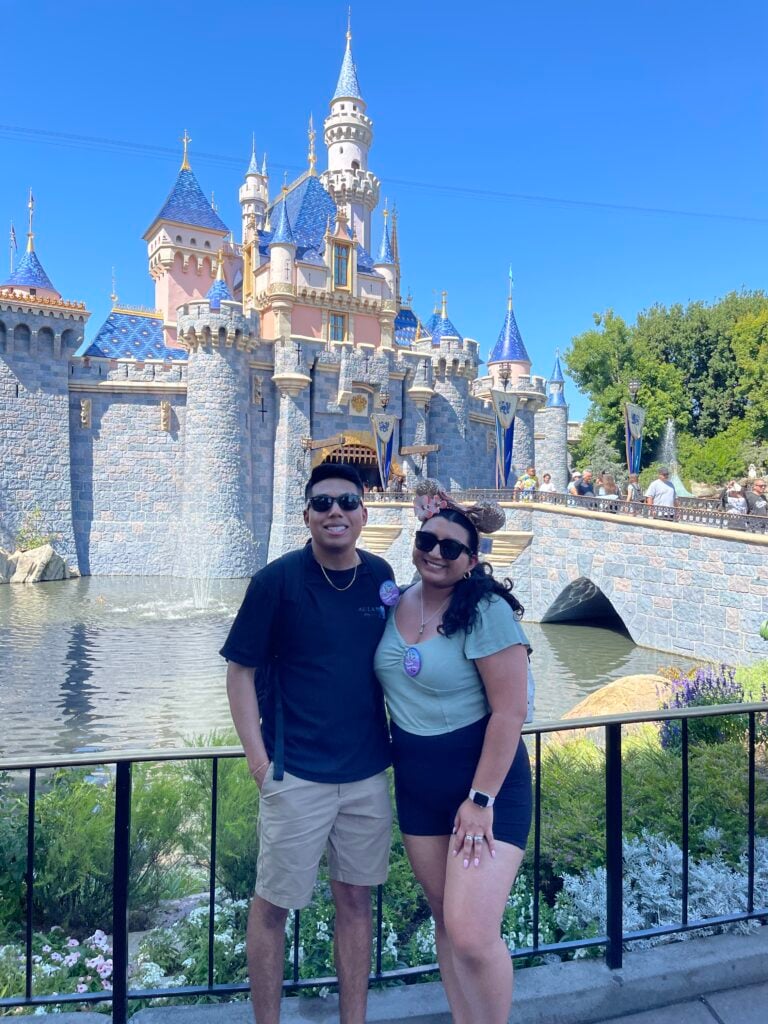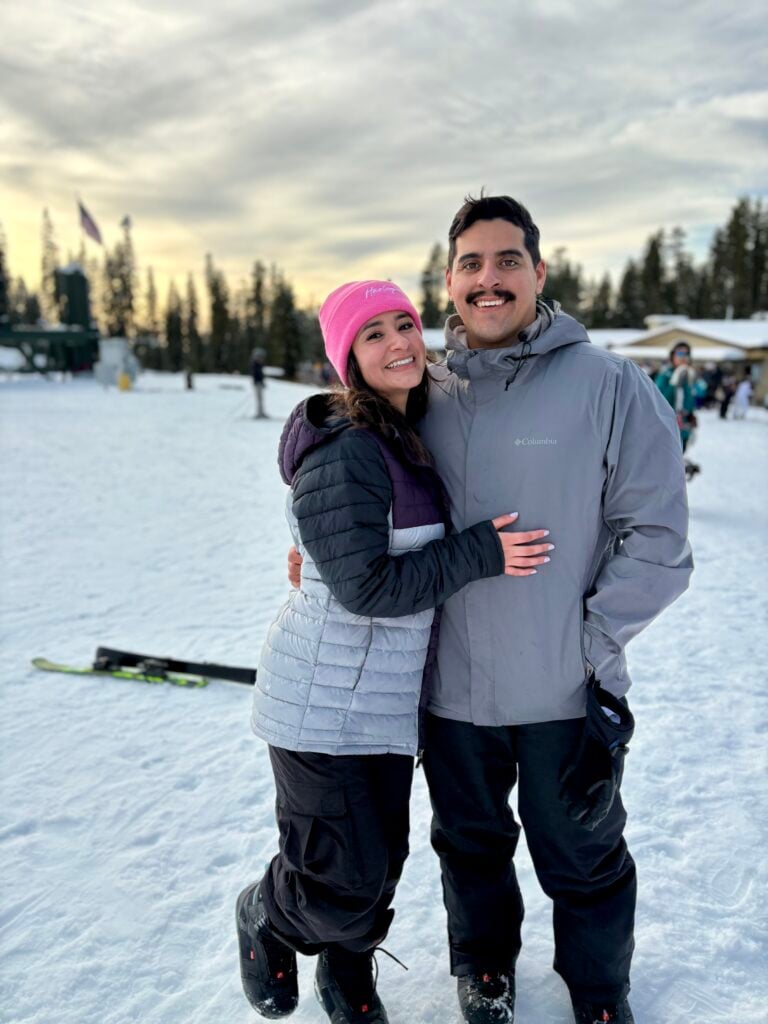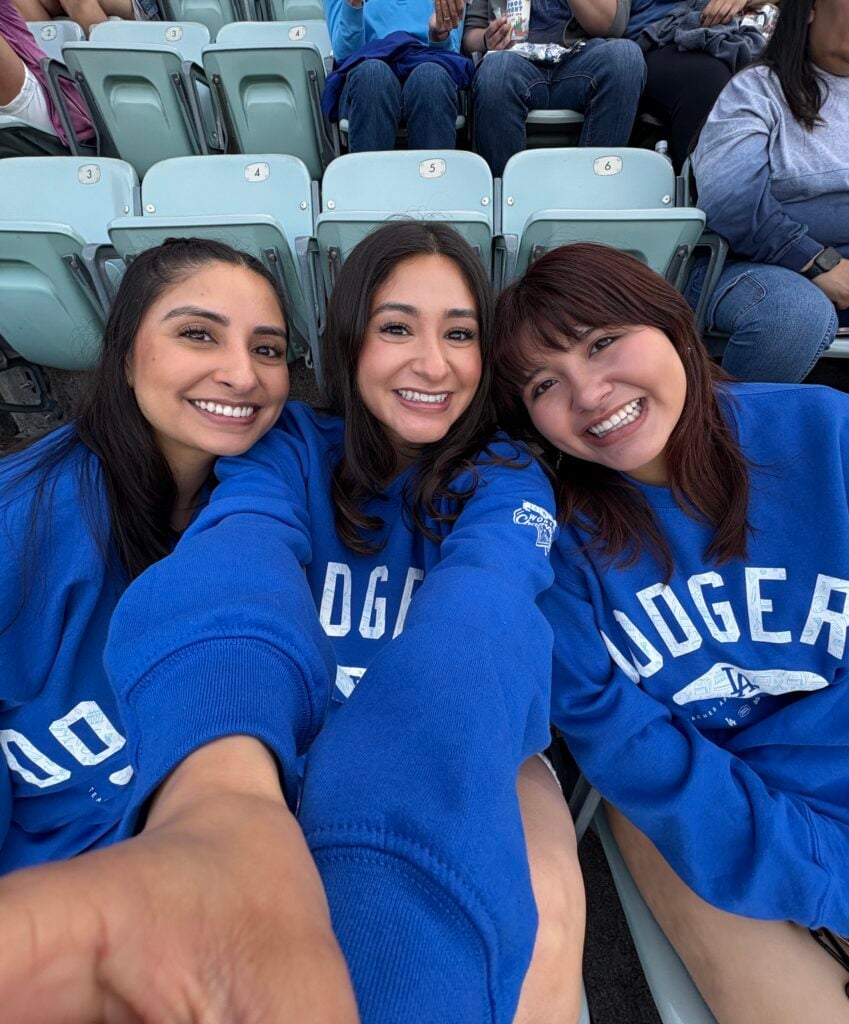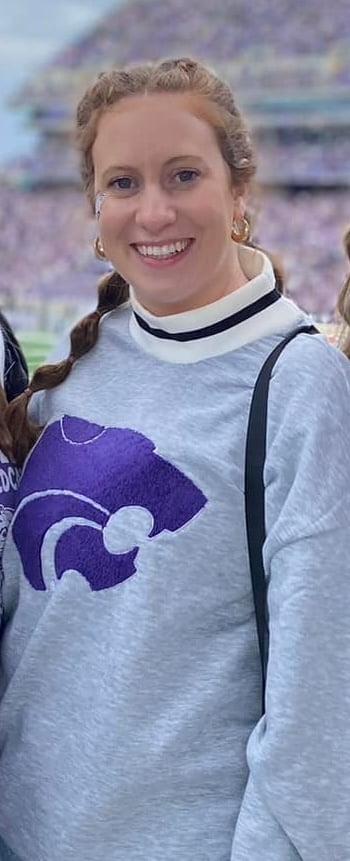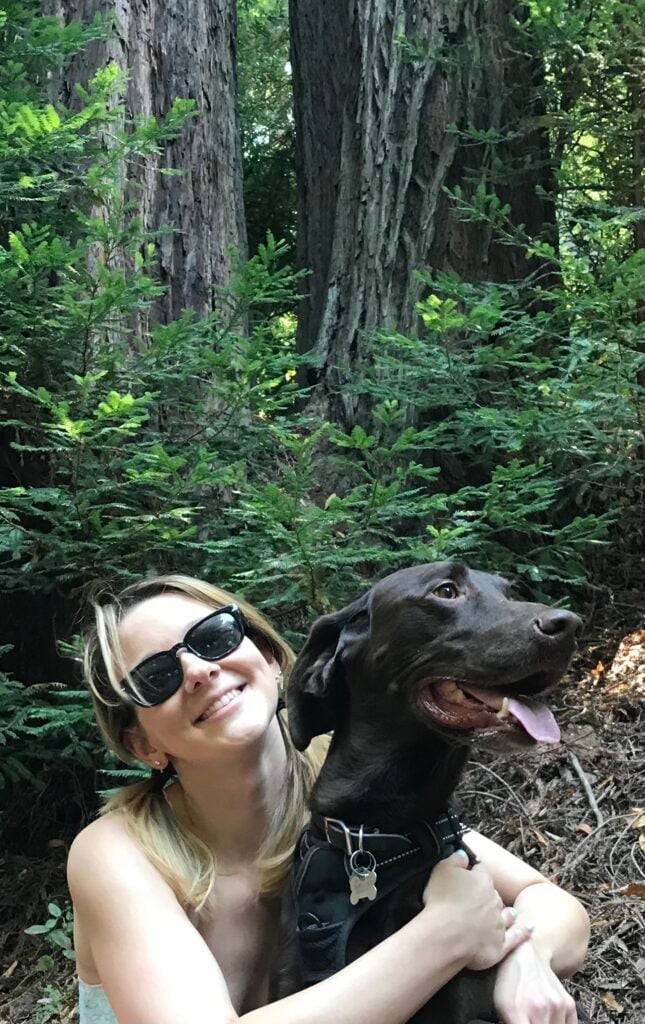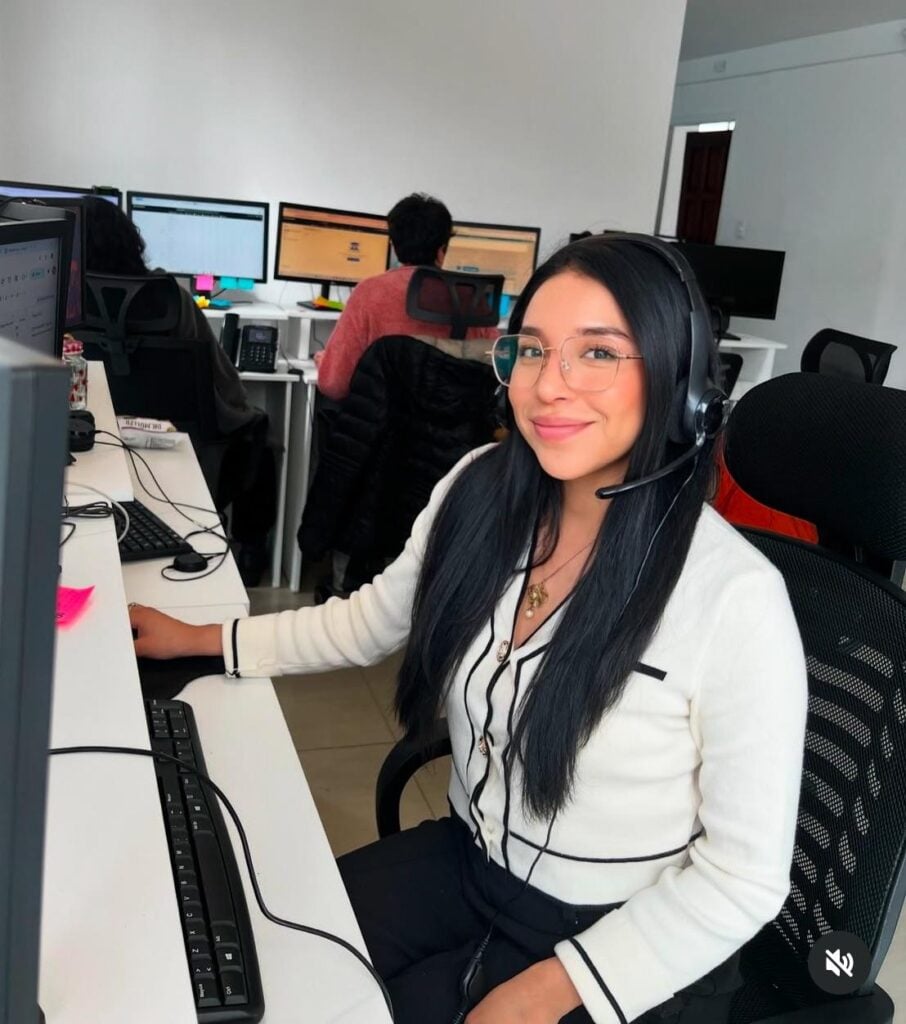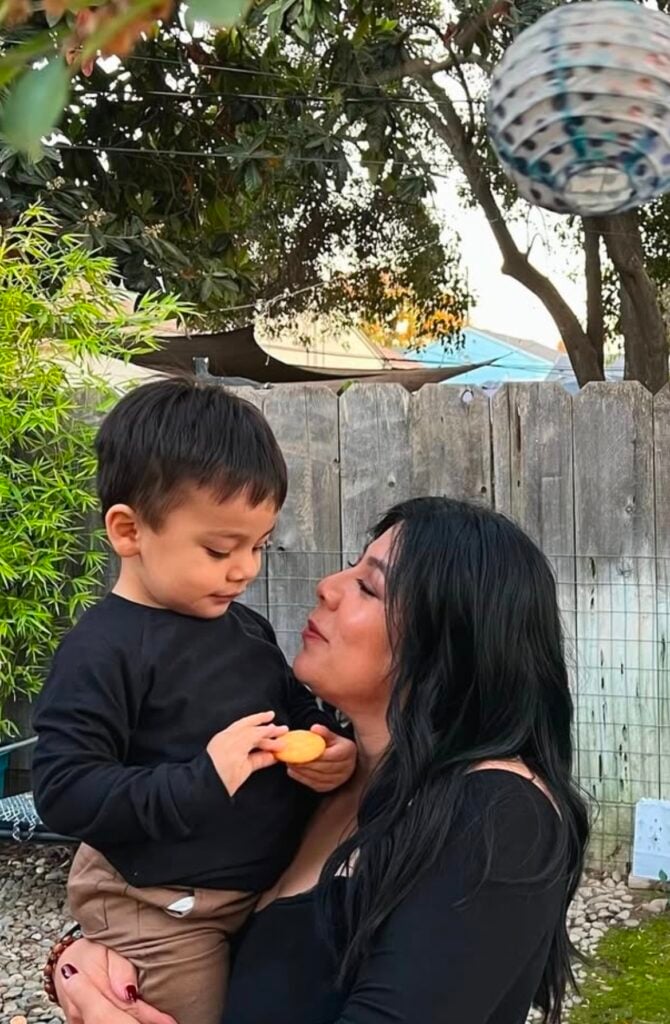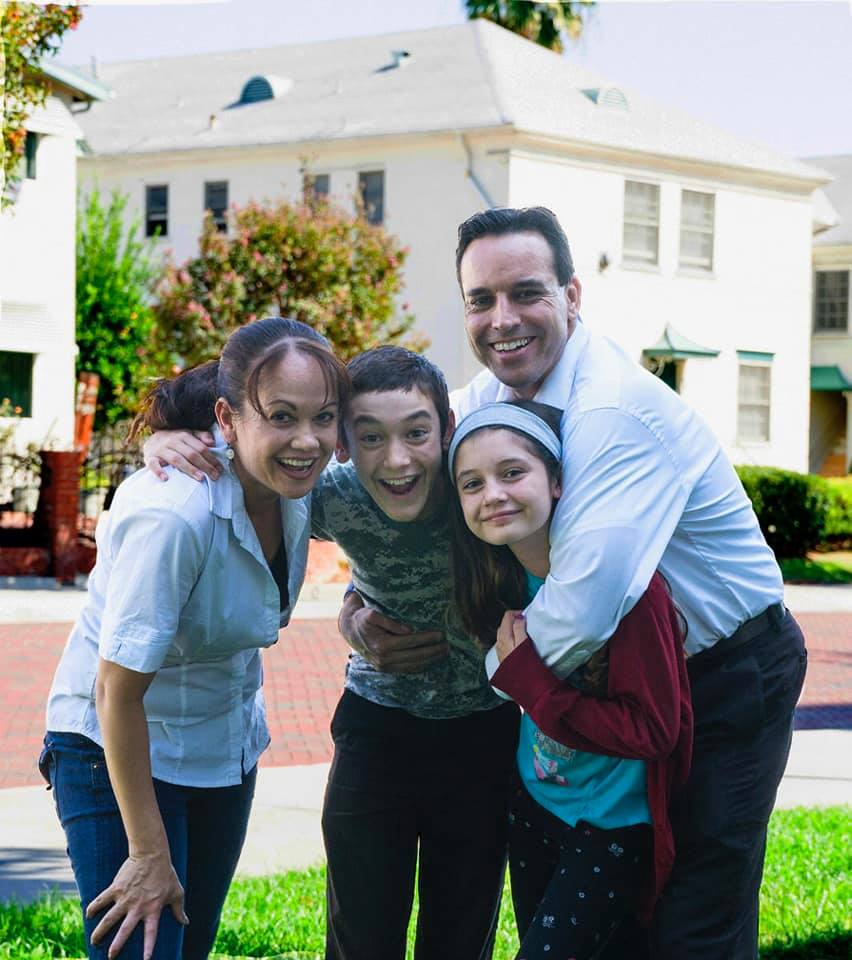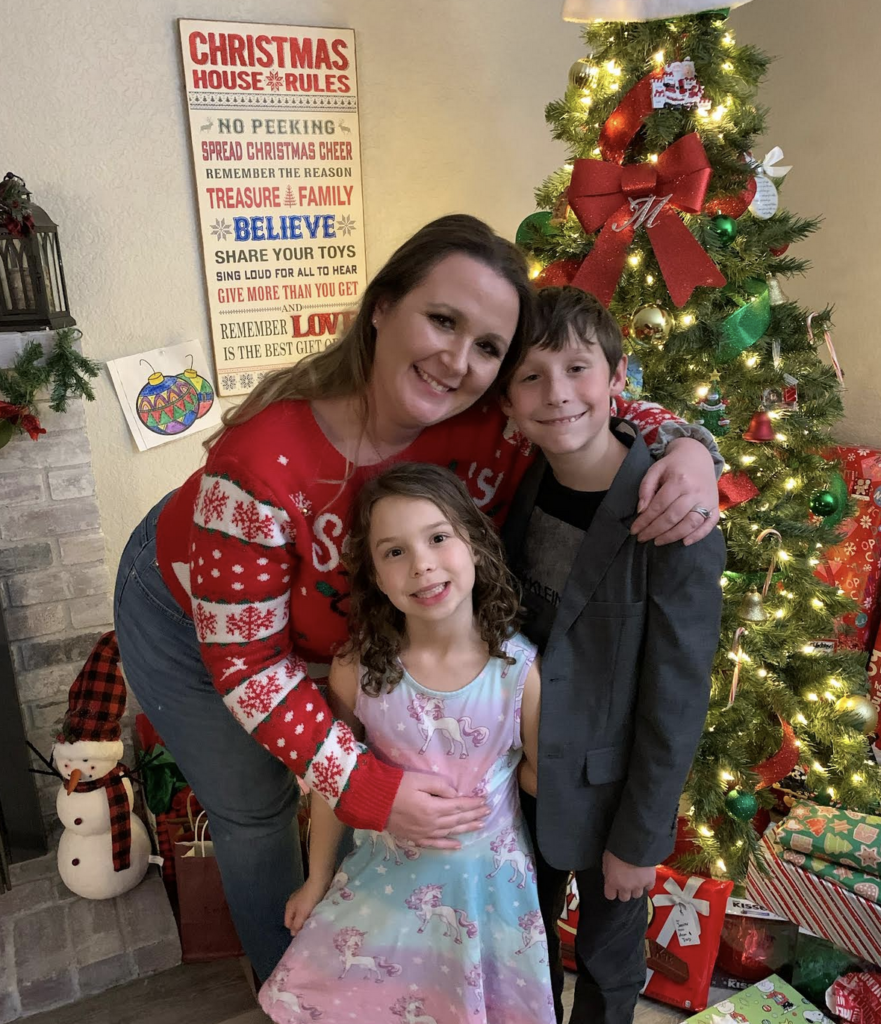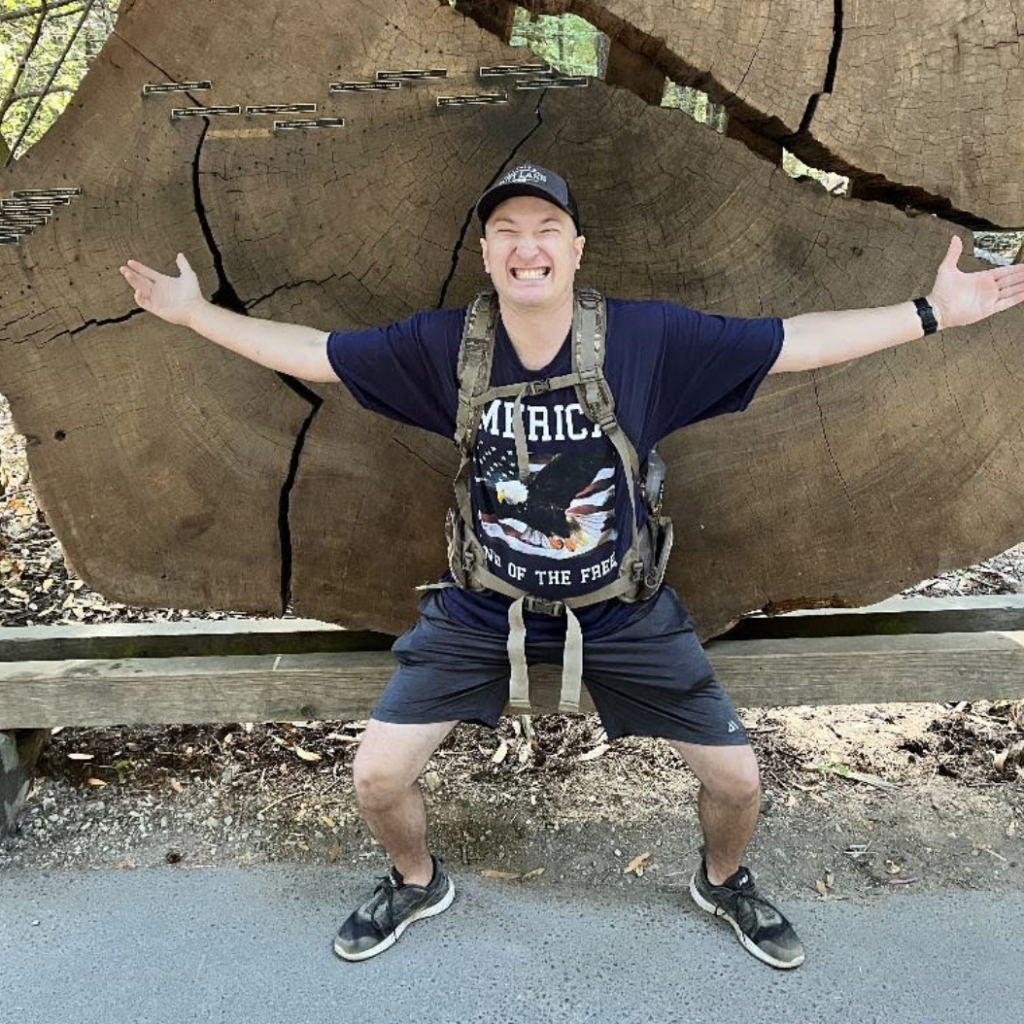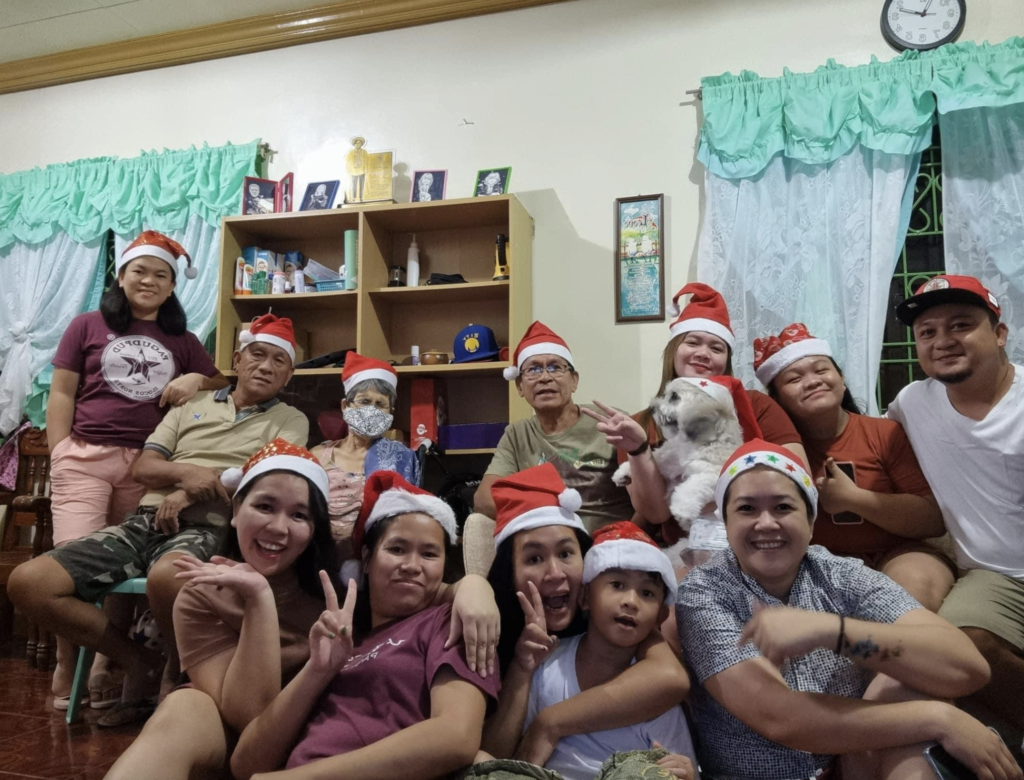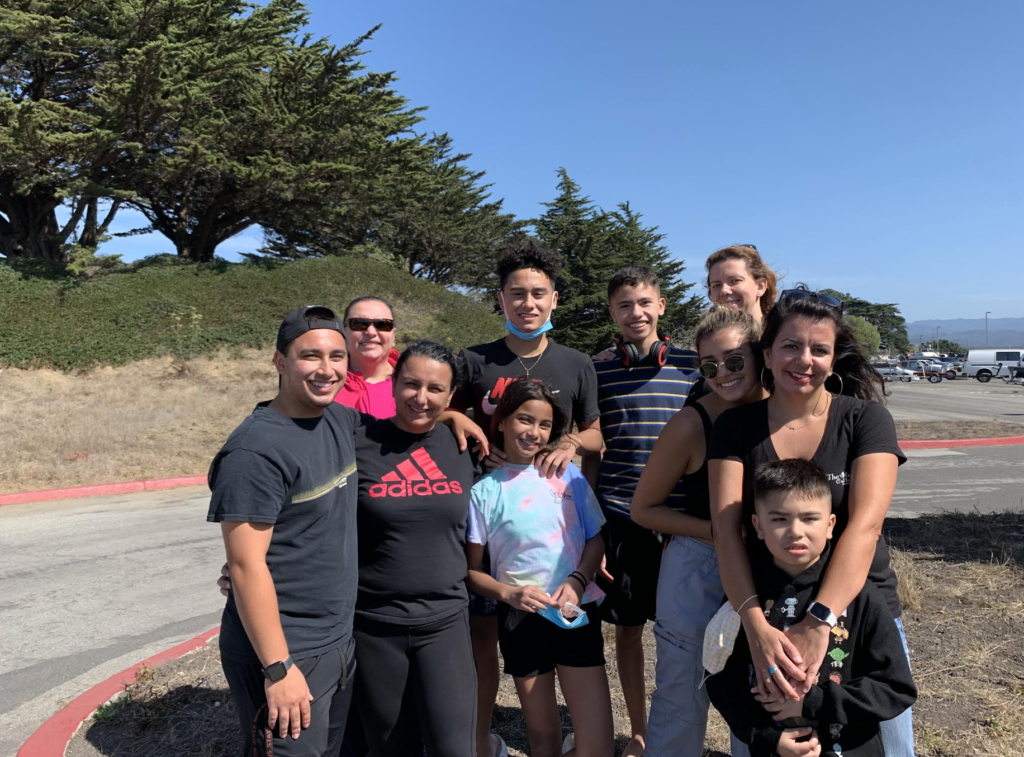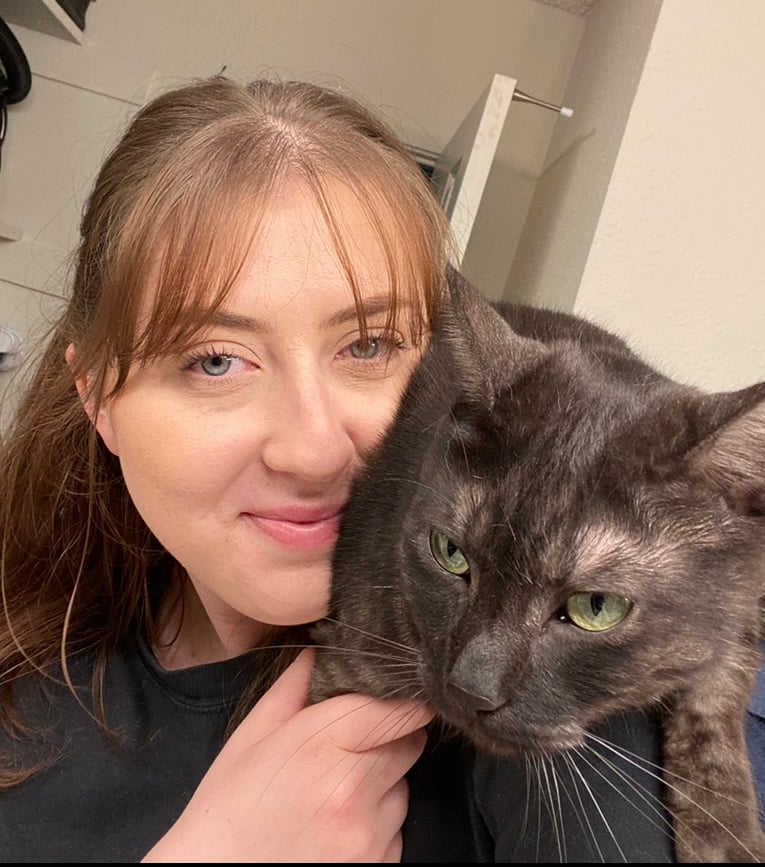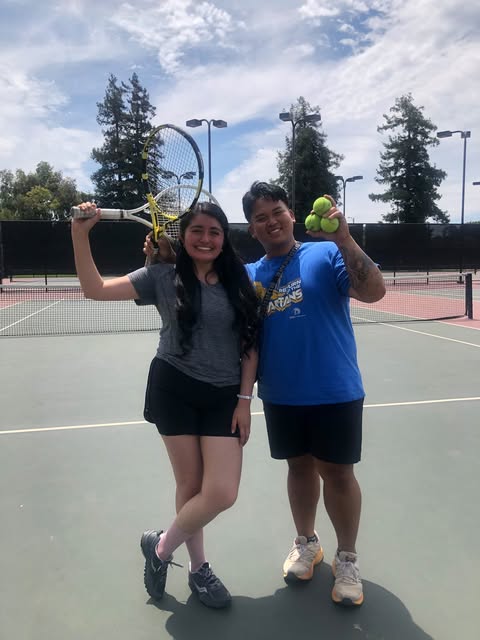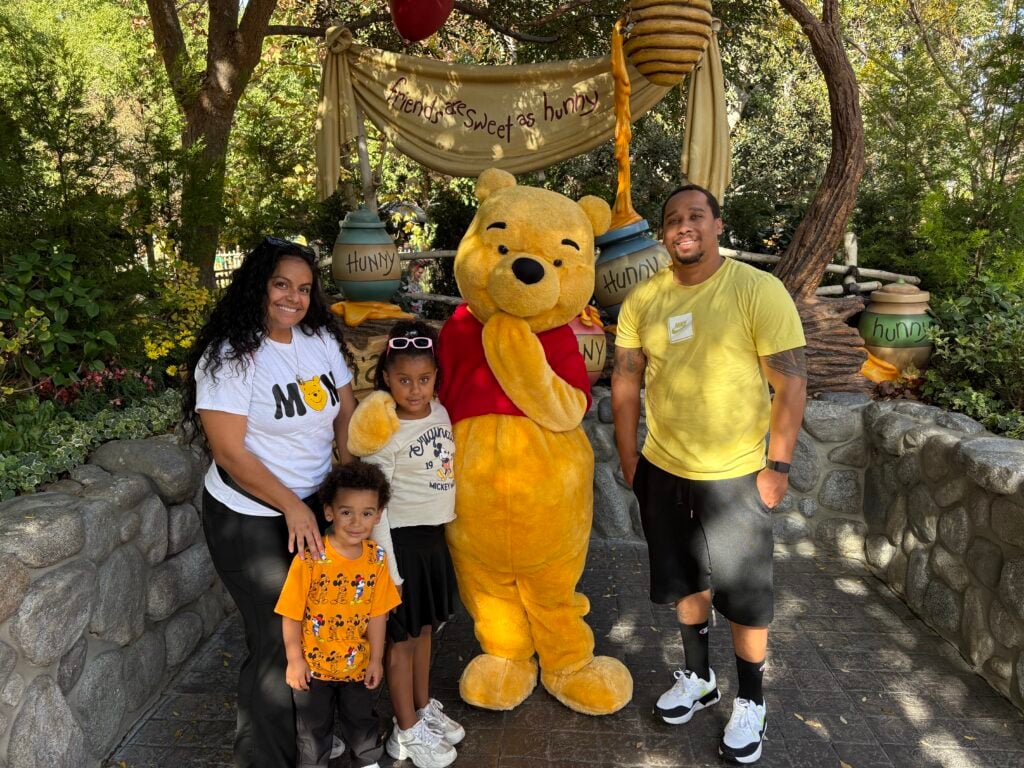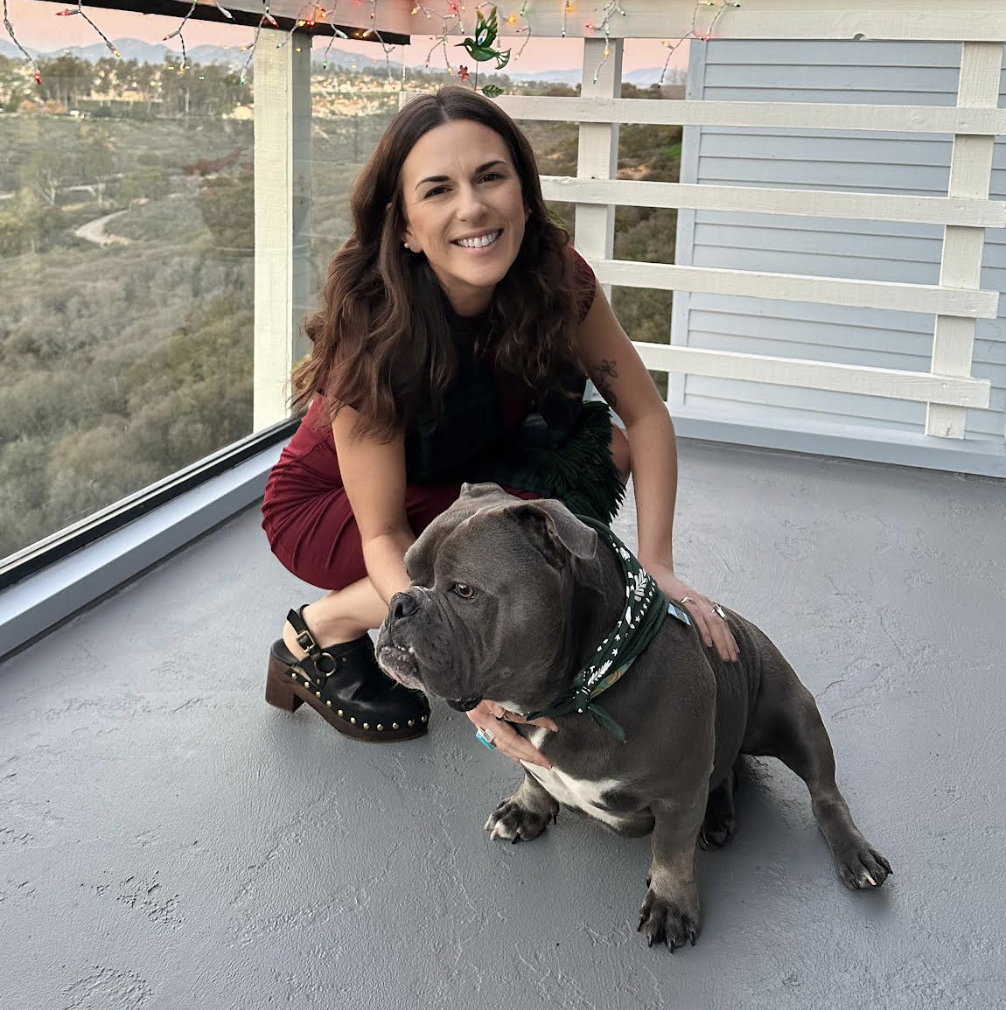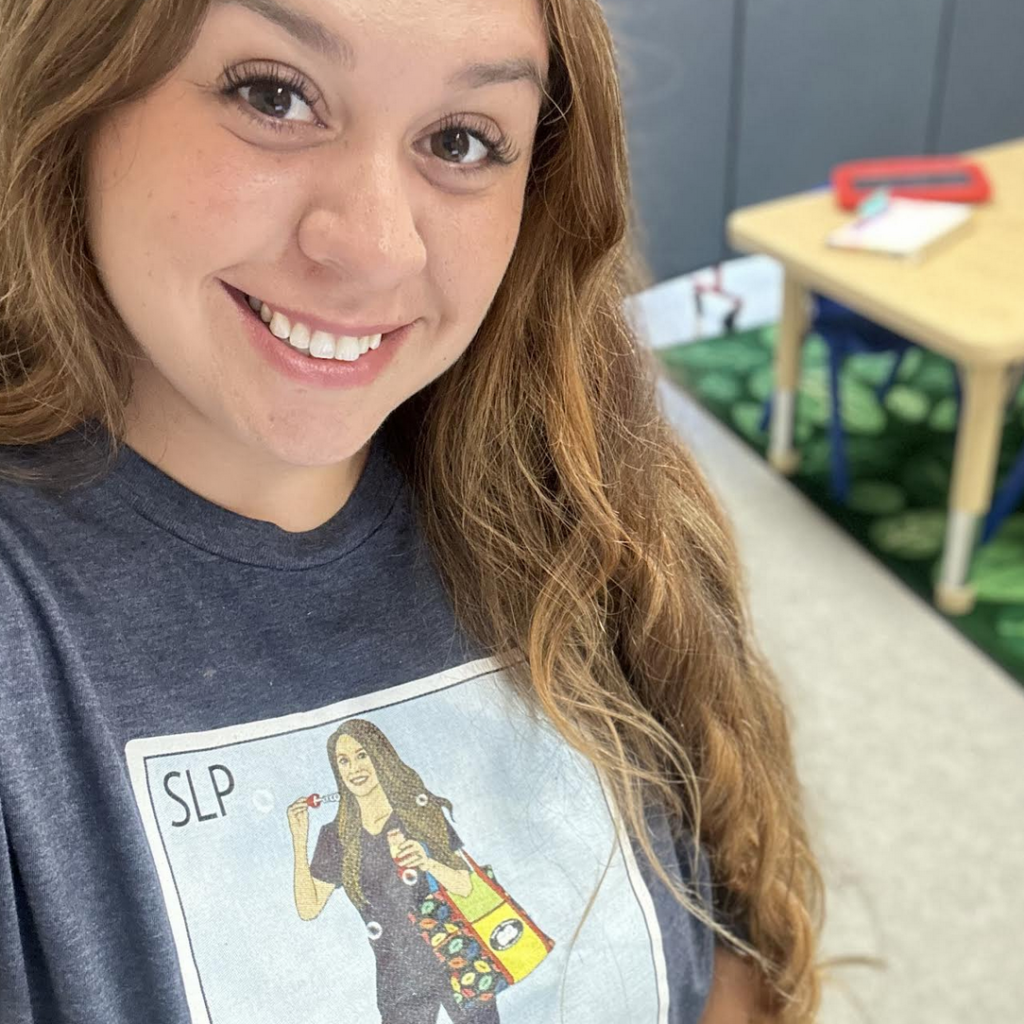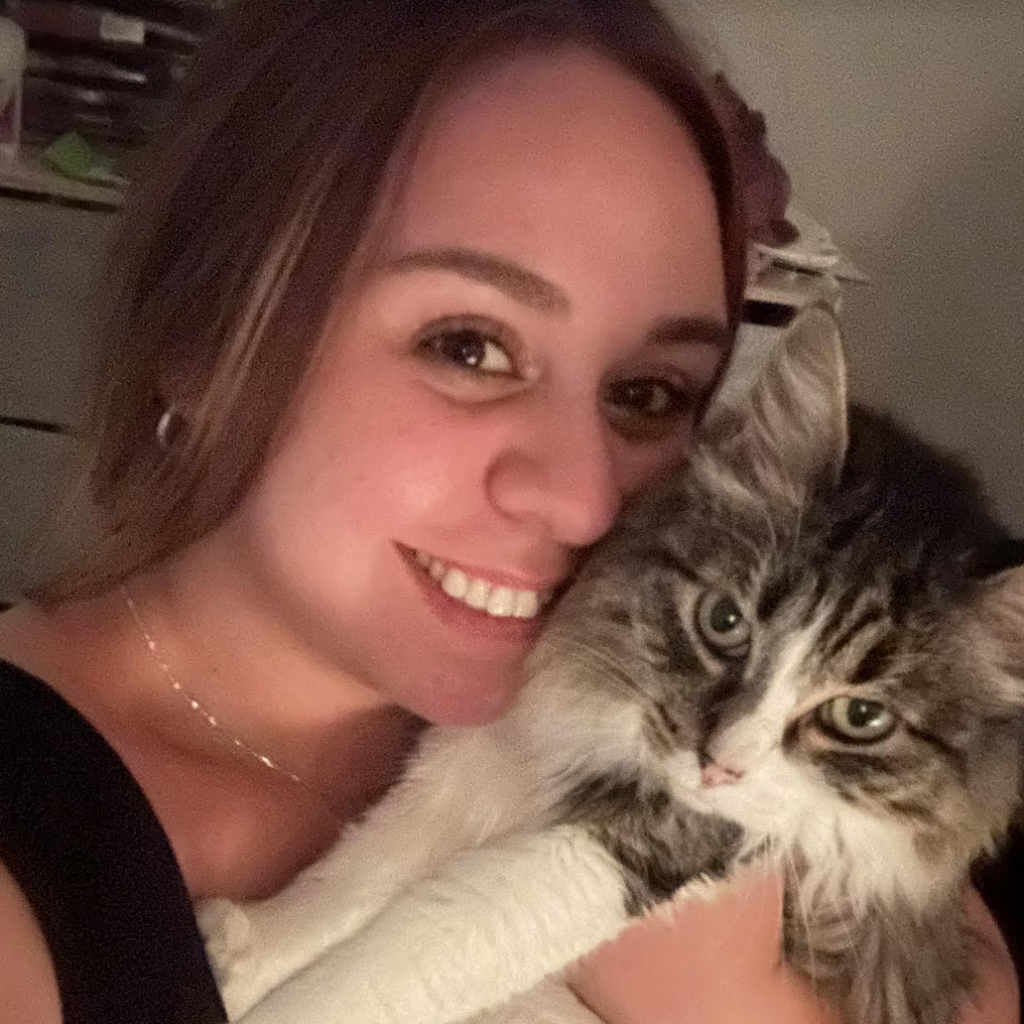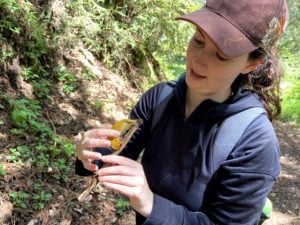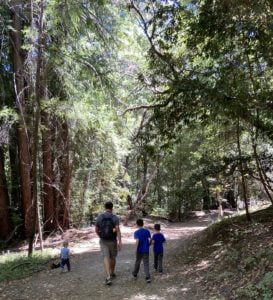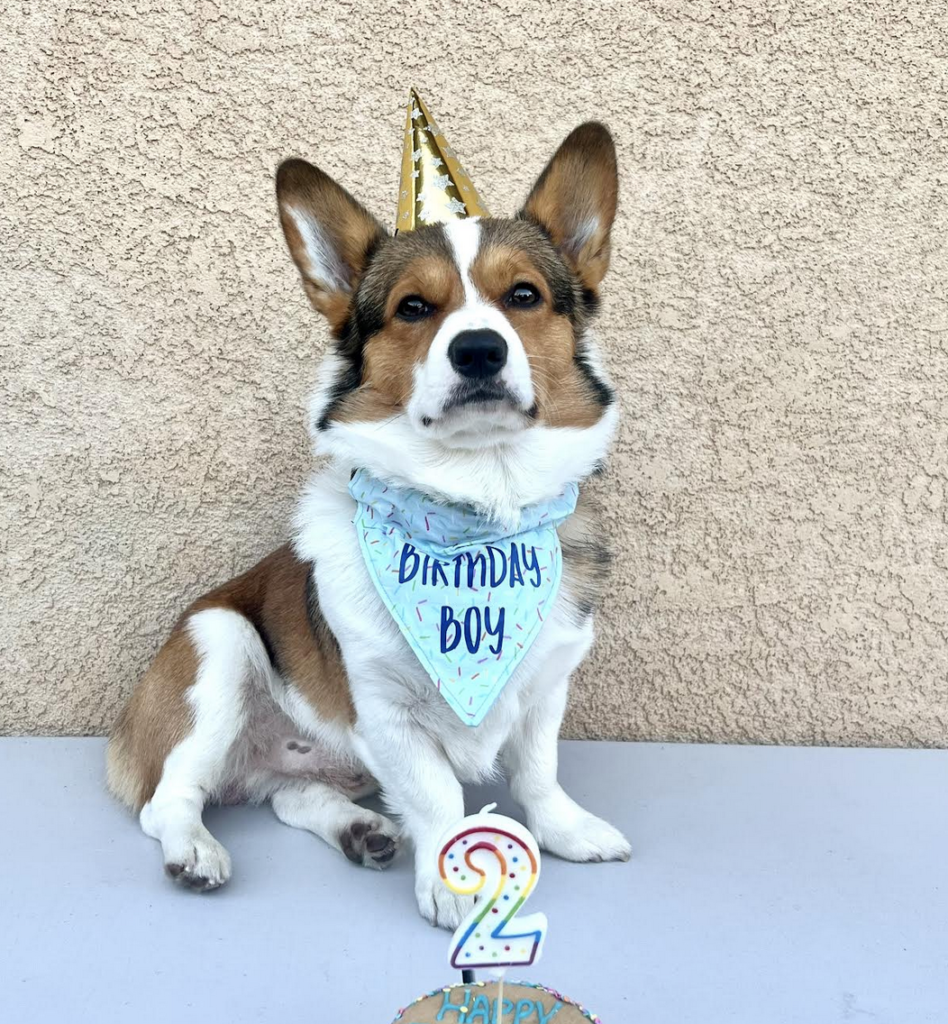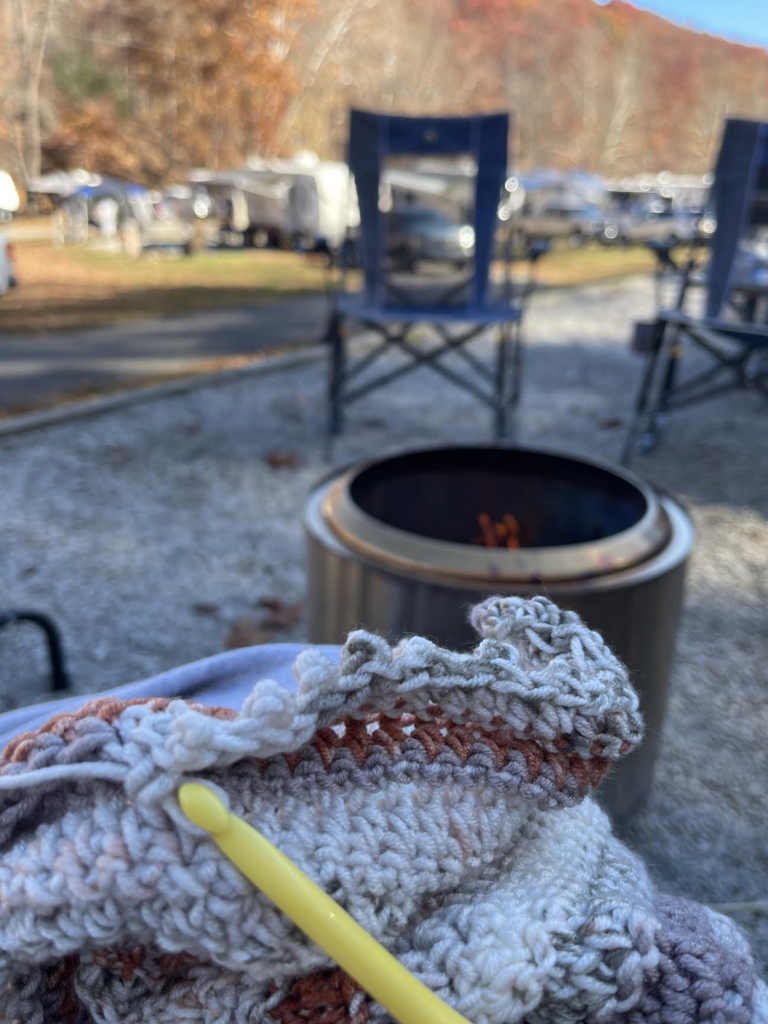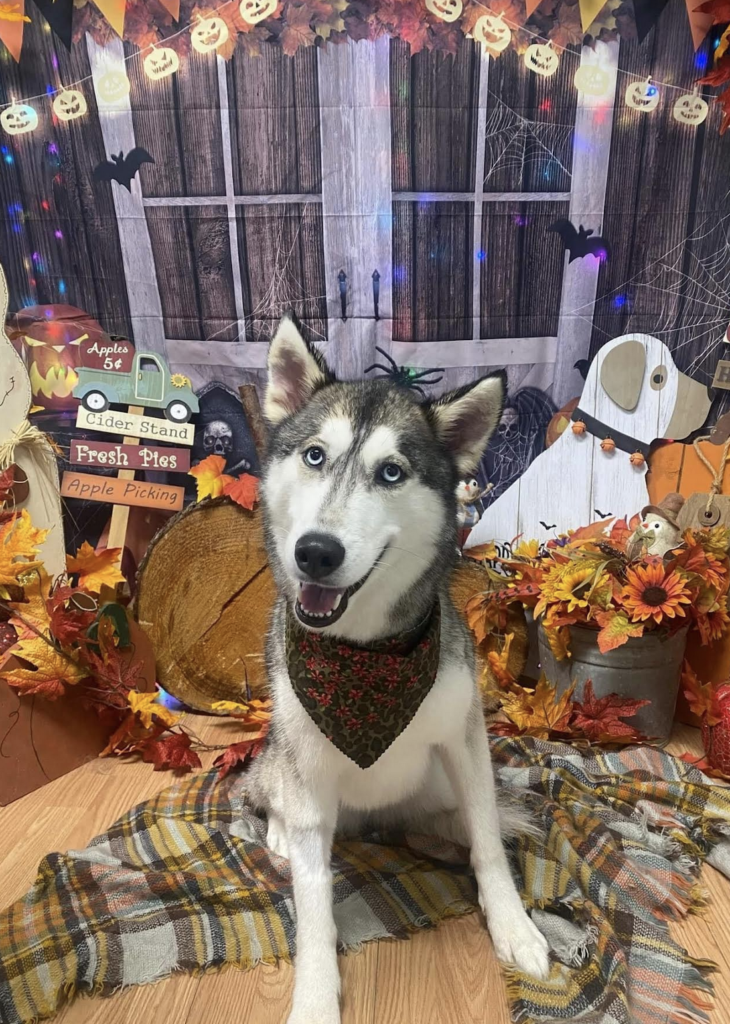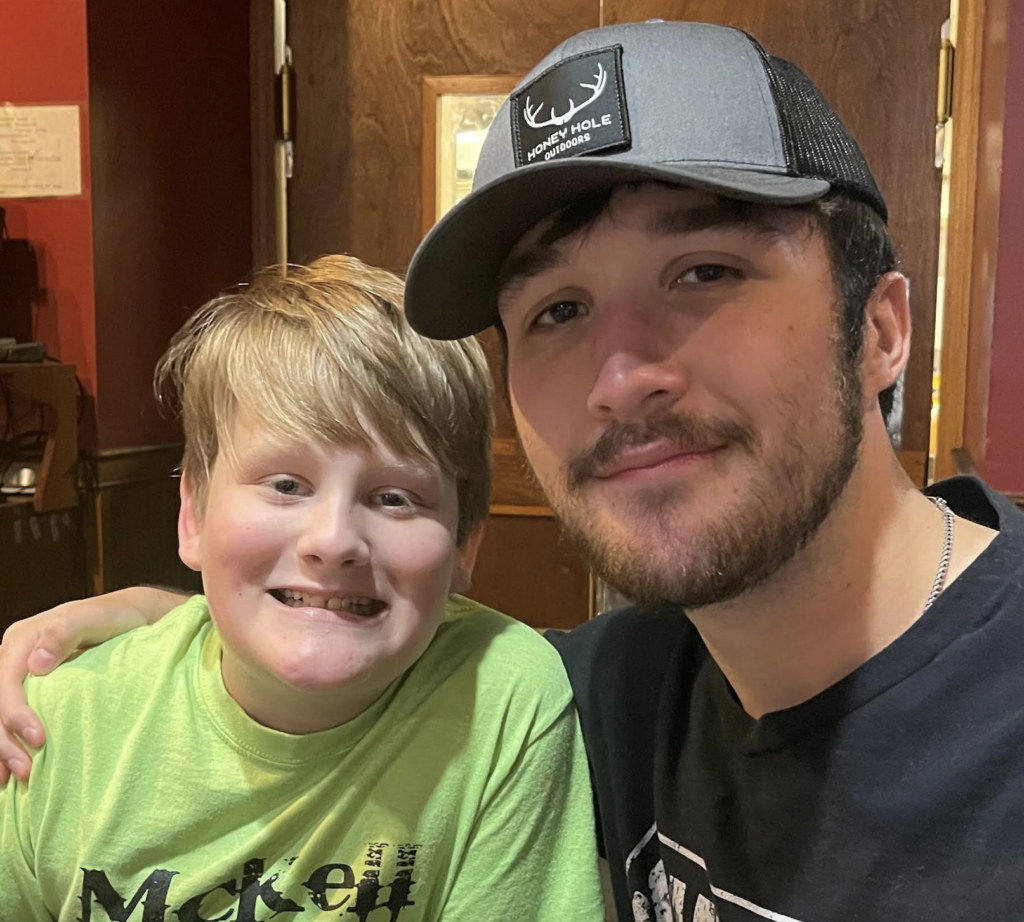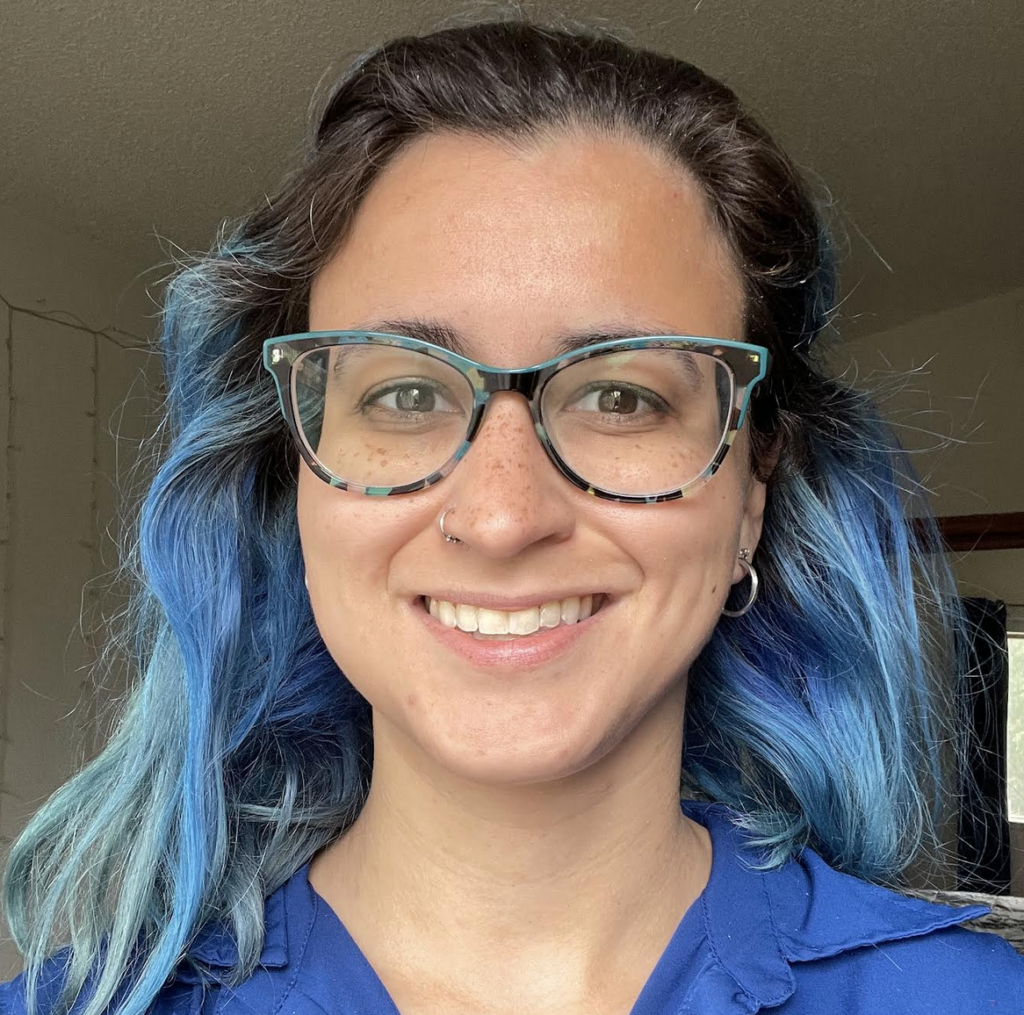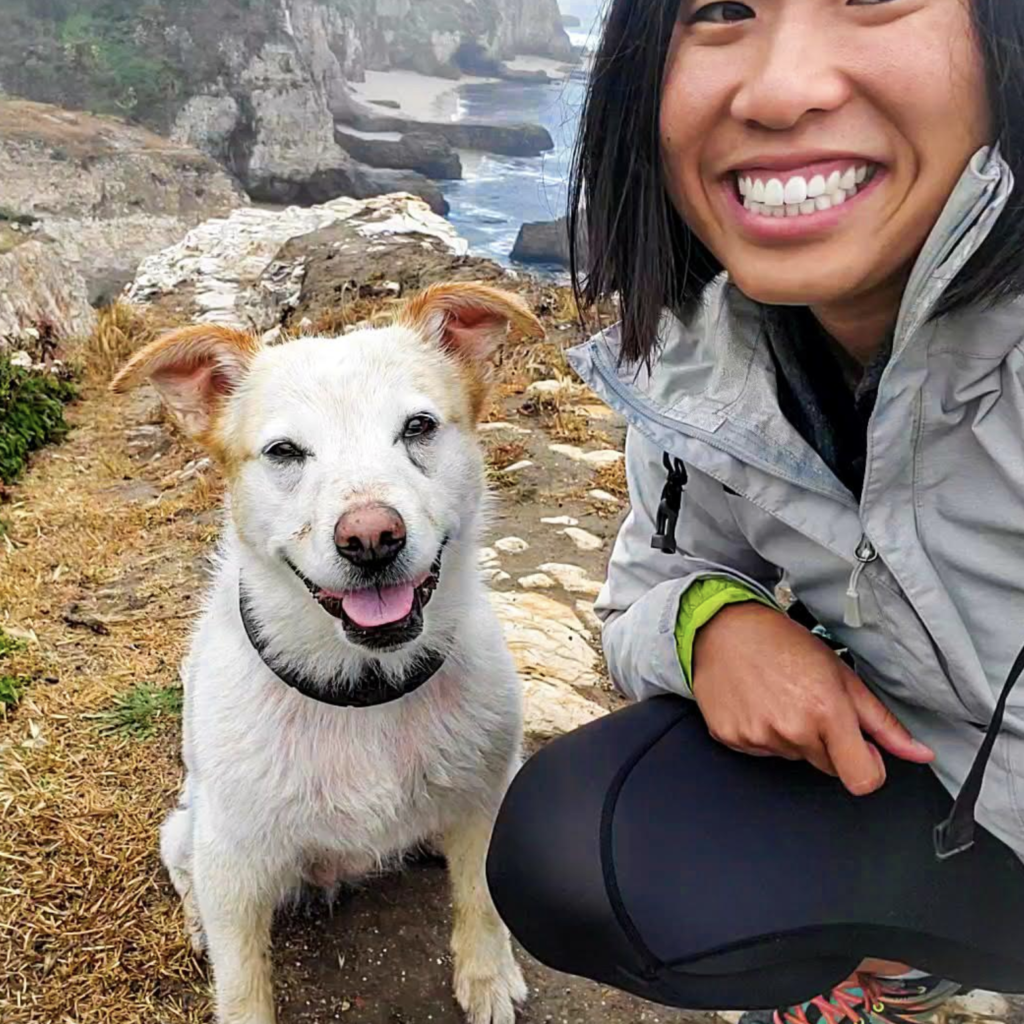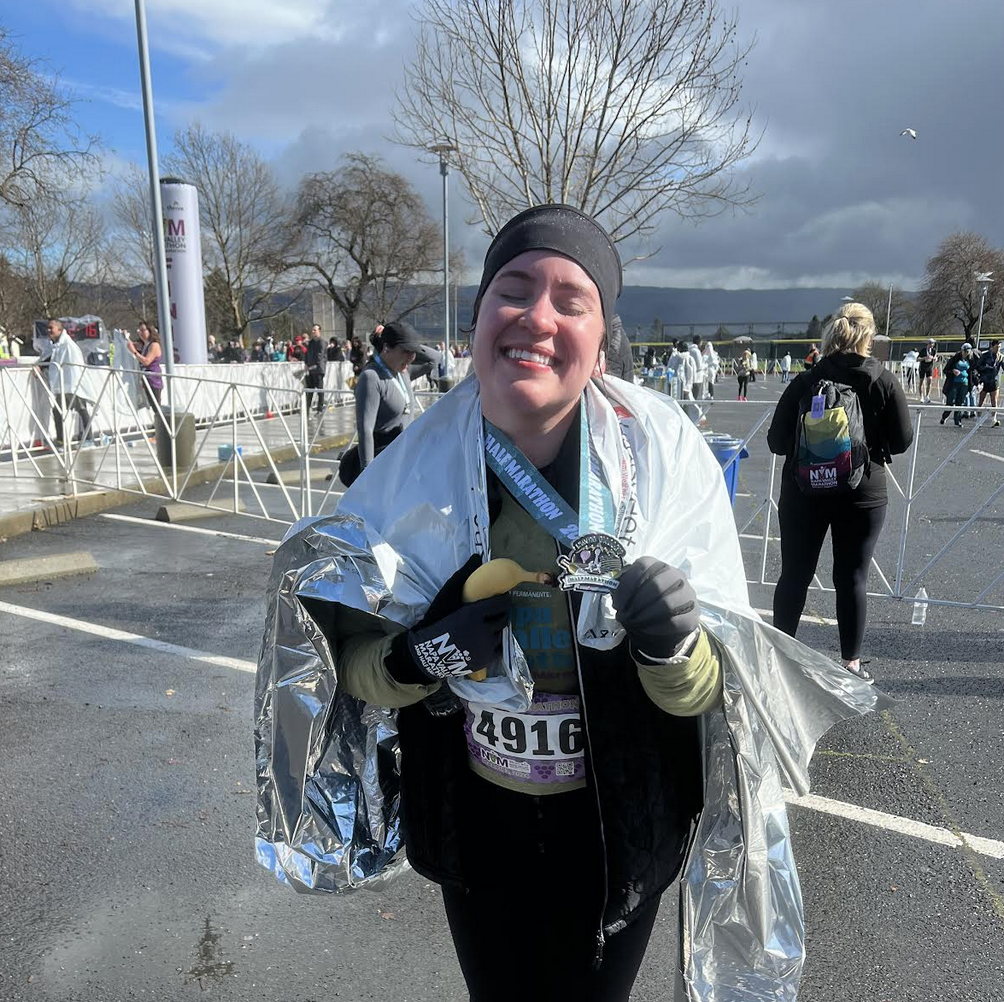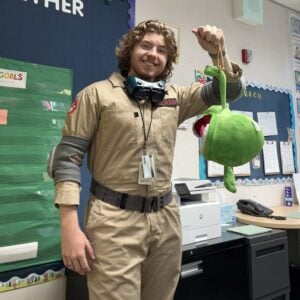Many children experience challenges with handwriting, particularly when it comes to producing neat and legible writing. In occupational therapy (OT), developing fine motor skills is a very important goal that we work on with kids. I’m Poonam, an occupational therapist at JLD Children’s Therapy. Today, we’re going to talk about handwriting skills and pre-writing skills.
How to Build Fine Motor Skills for Handwriting at Home
In order for a child to be able to copy letters and numbers, they first need to have a good grasp and strong fine motor muscles. These are essential for producing good handwriting.
There are some activities that parents can do with kids at home to help with building these skills. During these activities, you should encourage the use of both hands since hand dominance is still developing.
Play-Doh Activities for Hand Strengthening
- Rolling it into balls: You’ll want to use soft Play-Doh and encourage your child to roll it into a ball. Start with making a big ball, then move to making smaller balls, so you’re going from a bigger grasp to a smaller one.
- Pressing down with fingers: Have your child push down on the Play-Doh using each of their fingers.
- Rolling and cutting: They can also roll the Play-Doh and cut it with a plastic knife or scissors.
- Pulling it apart: Another good strengthening activity is pulling the Play-Doh apart using both hands.
Using Scissors to Build Fine Motor Skills
We have two kinds of scissors here at JLD: adaptive scissors and child-safe scissors. If your child has difficulty placing their fingers in regular scissors, we often start with adaptive scissors.
First, we focus on teaching the child to snip, which means making a single cut or tear in the paper. Once they master snipping, we move on to cutting, where the child holds the paper with one hand and cuts along a straight line with the other.
Other Fine Motor Activities You Can Try at Home
In addition to Play-Doh and scissor work, here are other fine motor activities you can try:
- Tearing paper: This helps strengthen hand muscles.
- Folding and crumpling paper: Great for developing hand strength.
- Using tweezers: Have your child use plastic tweezers to pick up small objects like Play-Doh pieces, dry pasta, beads, or pompoms. This helps with grasp development.
Grasp Development for Handwriting
There are different types of grasps that children use when learning to write:
- Palmar grasp: This is what you’ll see in infants and toddlers when they first start holding utensils like markers or spoons.
- Radial grasp: As children grow, they start using all their fingers to hold a marker.
- Tripod grasp: This is what we want kids to have for handwriting, where the child holds the pen with three fingers. It allows them to hold the pen steadily and trace, copy, and draw shapes and lines.
How You Can Build Your Child’s Pre-Writing Skills
Pre-writing skills, like cutting with scissors and picking up objects with tweezers, are essential for developing handwriting. Scribbling is the first step, and from there, we move on to tracing lines.
You would start with tracing vertical lines, then move on to horizontal lines. Once a child can do that, you move on to drawing curved lines. When a child is good at tracing different types of lines, then we would move on to tracing the four simple shapes: a circle, a square, a triangle, and a rectangle.
Children don’t develop the ability to copy shapes all at once. Typically, they will start by copying a circle, then move on to a square and finally to a triangle. Some children might develop these skills in a different order, and that’s okay.
Another fun way to help children practice pre-writing is with dot-to-dot activity books. These books help children form different shapes and improve their visual-motor integration.
Reach Out to JLD for a Handwriting Evaluation
At JLD, we use a standardized test called the Print Tool to evaluate handwriting skills. We also offer the Handwriting Without Tears program, which is used in many schools and clinics to help kids improve their handwriting.
If you have any other questions about how OT can help with your child’s handwriting skills, please don’t hesitate to contact us. We are here to help support your child’s development.
Poonam Menezes, OT
Poonam became an occupational therapist in 2006. She has a Masters in Occupational therapy from the State University of New York. Her clinical experience includes 16 years working with adults in skilled nursing, assisted living, and independent living facilities. She was the Director of Rehabilitation in CCRCs. She has experience in home health, outpatient setting, and being a special education aide in the school district.



